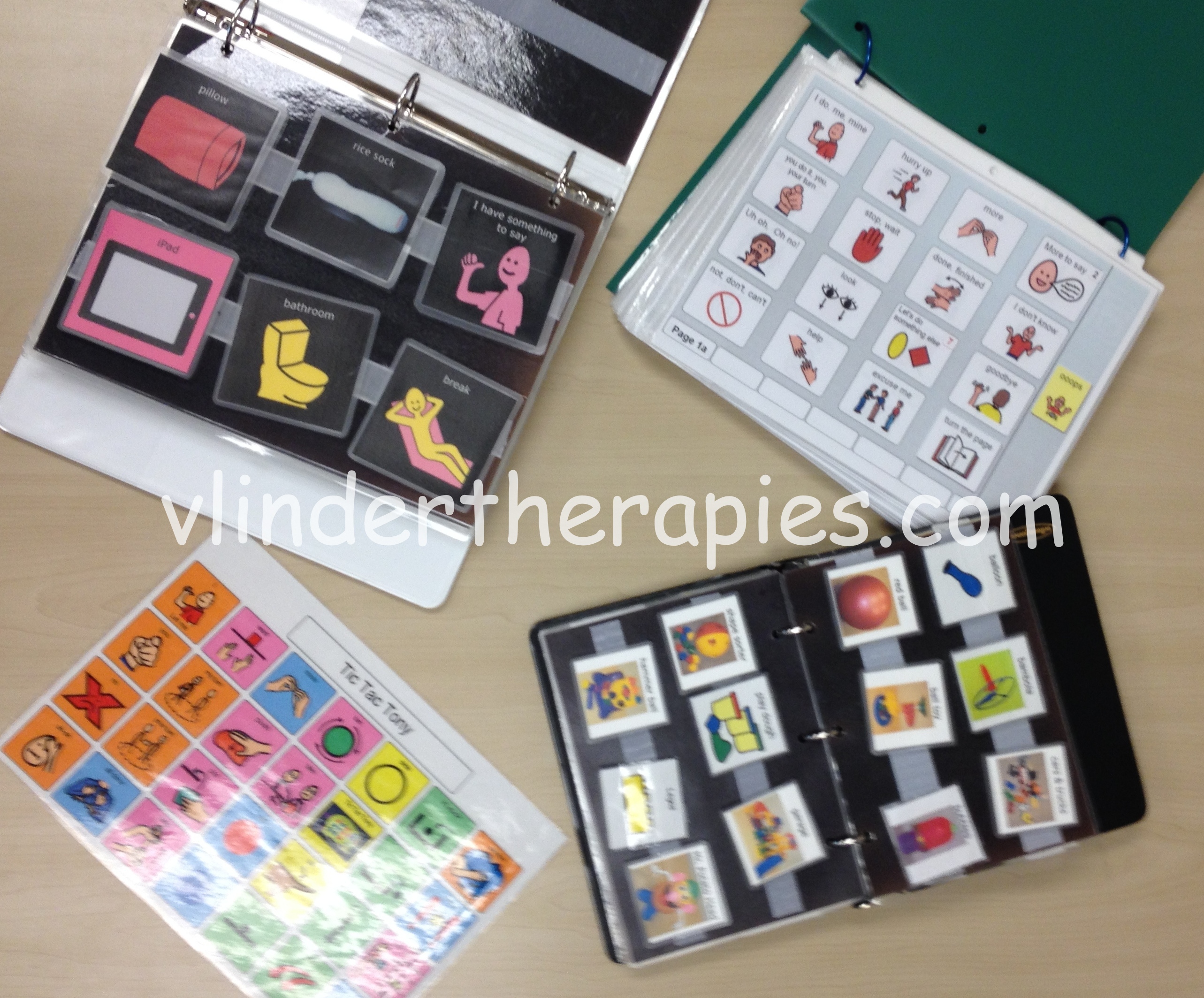The Power of Communication
Throwback Thursday: This is also available as a newsletter (.pdf) download here
Communication is a powerful tool. It helps us get needs met, gain access to things we want, and exchange information or ideas with others. Most of us give little thought to the ease with which we communicate our needs, wants, thoughts, and feelings on a daily basis. A bout of laryngitis is annoying, but usually infrequent and short lived. Imagine your life if you could not talk. At all. Ever. Some individuals require supplemental or alternative methods to communicate because they are unable to effectively use speech some or all of the time.
What is AAC? AAC stands for augmentative and alternative communication. AAC includes anything used to supplement or enhance speech or writing, including electronic devices, picture boards, and sign language. The goal of AAC is to enable the most effective communication possible.
Who is AAC for? AAC is for anyone having difficulty communicating effectively for any reason, whether due to a physical or cognitive disability, inability or difficulty producing speech, word-finding difficulties, language organization issues, or other causes.
AAC interventions range from unaided solutions (e.g. gestures or sign language) to aided solutions which include “no tech”, “low tech”, and “high tech” options:
- “No tech” options are relatively “easy” to make or require little materials and involve no technology, such as pen & paper, picture communication books, eye gaze boards, visual supports, etc.

- “Low tech” options can record and playback a human voice, are usually small and battery-powered or rechargeable
- “High tech” devices are electronic (computer-like) and can usually speak using digital software that produces a natural sounding voice
AAC can help decrease frustration (sometimes expressed through challenging behavior) and increase social interaction, school performance, and feelings of self-worth.
AAC systems can be powerful tools. But the system will only be as good as we make it…and will be rendered useless without appropriate training and a supportive environment. Integration of the system at home, school, in the community, and consistent implementation are crucial to success. Implementation is an ongoing TEAM process.
You might also like this post:
Putting it all together: Communication
 Wednesday, October 8, 2014 at 8:14PM
Wednesday, October 8, 2014 at 8:14PM  Post a Comment →
Post a Comment →  AAC,
AAC,  AAC Awareness Month,
AAC Awareness Month,  communication | in
communication | in  AAC
AAC
Reader Comments